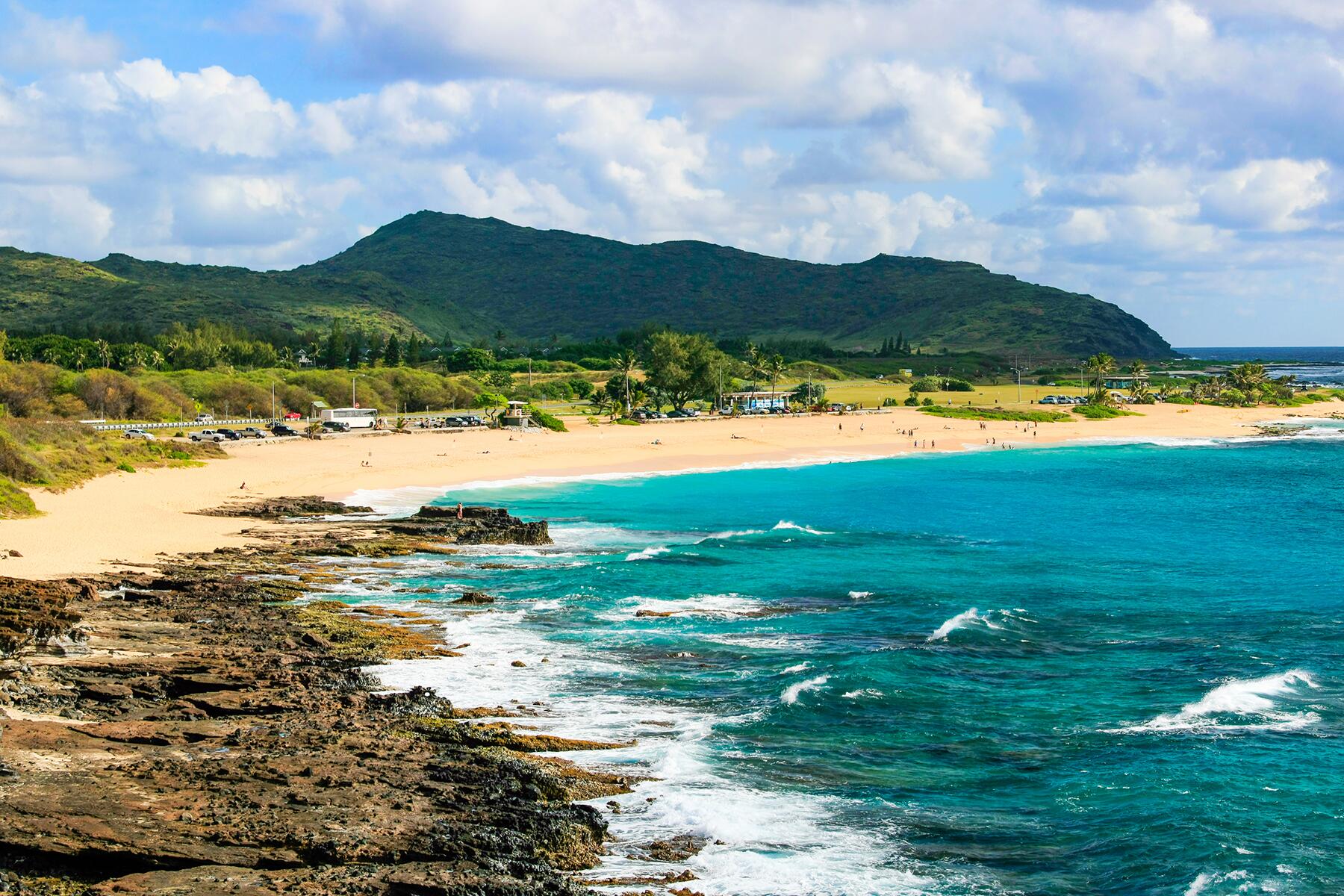New routes have major impacts.
When the pandemic shut down the travel industry, planes were parked indefinitely. Even after services restarted, many routes disappeared. Some due to restrictions and a lack of demand, and others due to staff shortages. It didn’t make economic sense to have them anymore. But now, more and more airlines are pumping up schedules to pre-pandemic levels and some of the previously abandoned airline routes are coming back. New ones are also being introduced to meet demands.
Related: Airlines Have Stopped Service to These 5 U.S. Cities. Now It’s Harder to Get to Them
How a Route Develops
It takes airlines months of planning to develop a new route. It’s not arbitrary or random. Peter Vazan, executive vice president of industry relations at Trevolution Group, explains that market research helps identify potential routes. “Airlines use a variety of tools and data sources, such as passenger surveys, industry reports, and travel trends analysis to identify potential new routes.” Then, economic feasibility is assessed by looking at competition, airport infrastructure, operating costs, network alliances, and demands.
“If a route is deemed commercially viable, airlines typically begin negotiations with airports, government agencies, and other stakeholders to secure landing slots, airport facilities, and other resources needed to operate the route,” Vazan adds. A small piece of the puzzle is airspace permissions from destinations and airport slots.
Recommended Fodor’s Video
The airlines will also need planes and crew members to be allocated to this route—that’s another key factor, says travel expert Katy Nastro from Going.com (formerly Scott’s Cheap Flights).
But airlines also cut routes when it’s not profitable—meaning there are not enough passengers. Those airplanes and crew can be reassigned to another route due to revenue impacts. That’s why you often see routes disappear from the searches.
Related: Launching a New Airline Route Is Way More Complicated Than You’d Think
New Routes On the Horizon
JetBlue will start ferrying travelers from New York’s JFK to Paris’ Charles de Gaulle this June. This non-stop, daily transatlantic flight was announced this month and it will be JetBlue’s second European landing after it launched London in 2021. Ticket prices began at $479 roundtrip.
Another new route this June will also commence from JFK. Qantas is reintroducing the New York to Auckland route after a three-year halt. The Boeing 787 Dreamliners will run the thrice-a-week service with an airtime of 16 hours.
Last year, British Airways announced the new direct route from Cincinnati, Ohio, to London, which will start flying on June 5, 2023. This is the only direct route between the two cities and it will have five flights per week in the summer and four in winter.
In the domestic market, Southwest is resuming old routes that were slashed due to the pandemic, including Baltimore, Maryland, to Oakland, California; Las Vegas, Nevada to Minneapolis, Minnesota; Los Angeles, California, to Portland, Oregon; and Long Beach, California, to New Orleans, Louisiana.
Related: This Airline Is Making Luxury Business Class Flights Wallet-Friendly
Why This Matters
For travelers, the airline network is more than just good-to-know. These point A to point B links have an impact on pricing. An airline can get ahold of a monopoly on a route if they’re the only one flying it. So more options—by the same airline adding more to their schedule or by a new entrant—means better prices.
“If a route has multiple airlines flying, especially at similar times in nearby airports, they have to price appropriately to still be able to get a piece of the pie,” Nastro explains.
However, it doesn’t happen overnight and she adds that frequent flier loyalty and brand perception may interfere with pricing. Another reason why new routes may not result in lower prices is if the new routes are added to meet the demand of high-end travelers or to serve niche markets, Peter Vazan says. And not all routes that are established stay on the map forever—many are discontinued if they are not commercially viable.
That said, new airline routes do tend to add competition and make fares more affordable. Another way you can use this in your favor is by employing what Katy Nastro calls the Greek Islands trick. Break up your itinerary to get the cheapest flight to the destination country/region and then take a local flight, train, or bus to get there. New routes make this possible, according to her. “Flying to Rome from Los Angeles is $1,650 in May, but if I fly from LAX to London for $731, then hop on a budget flight from London to Rome for $71, I’ll have saved just over half of what I could have paid if I didn’t employ this trick.”
Related: 13 Simple Hacks to Book Better, Cheaper Flights, Score Upgrades, and More




